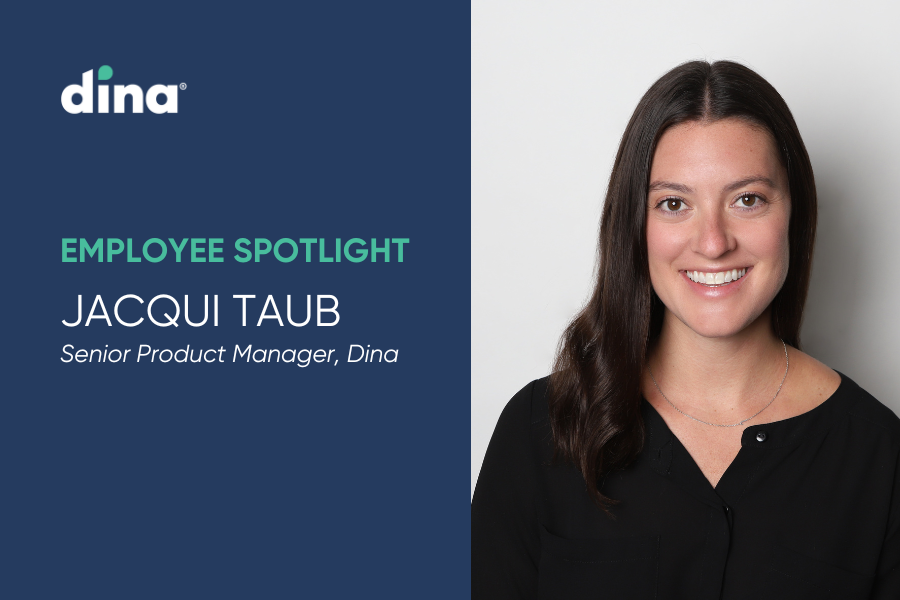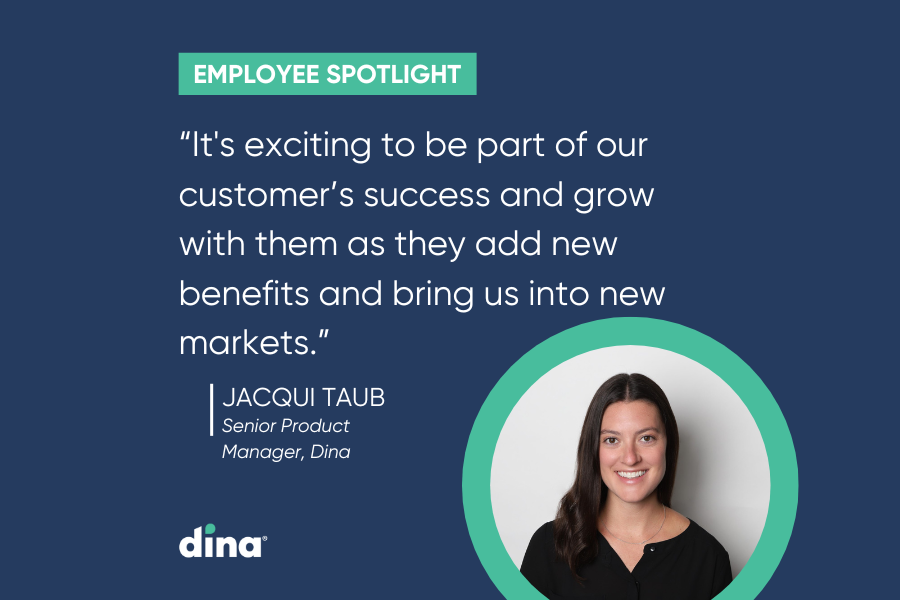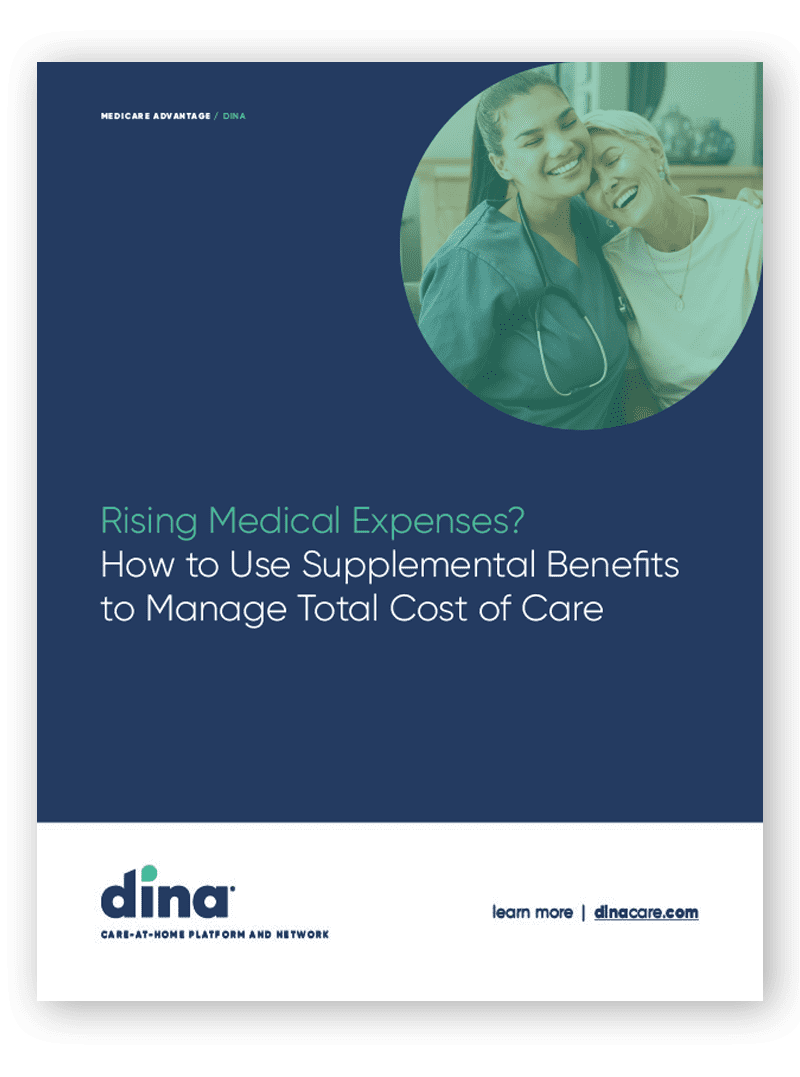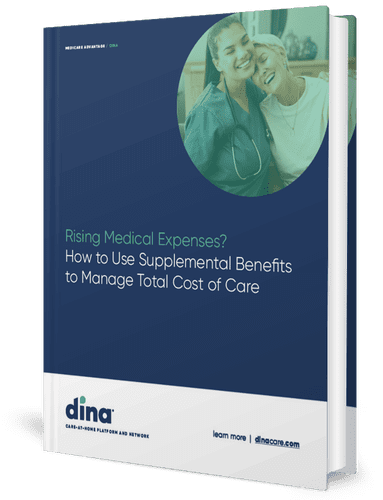
Most benefit coordination is bogged down by time-consuming tasks– phone calls, faxes, multiple emails–to identify and activate services for members. And as people continue to age in place, the demand for a full range of services to support them intensifies.
Jacqui Taub, a senior product manager at Dina, can relate.
Before joining Dina, Jacqui was a clinical social worker at Northwestern Medicine in Chicago, where she was part of a discharge planning team that arranged medical and non-medical services for people who were heading home or to another point of care.
She relied on the phone, fax machine, and manual spreadsheets to track preferred providers and arrange both clinical and non-clinical services like transportation, food and nutrition, and caregiving support.
“We kept spreadsheets and lists of our non-clinical providers and that’s what we’re seeing health plans do today with their own contracted networks,” she said. “One of the biggest barriers we see is that coordinators often don’t have a good source of truth for who their contracted providers are because it is constantly changing. I can completely understand their frustration, and it’s rewarding to help address their challenges and pain points.”
Helping Customers Find Efficiencies
Jacqui said she’s especially excited about helping our customers use the Dina platform to improve network management and find efficiencies in benefit and care coordination.
“First, getting all of your providers on a digital platform, indicating who is a contracted provider, and then quickly being able to add to or modify your network, is big,” she said. “We see a lot of health plans that are struggling to keep their provider networks organized, so now those who are responsible for arranging care actually see who is in the network and who they can send referrals to. This eliminates the need for a fax machine, which creates more time to work with members to identify their needs.”

“The ability to send 100% of referrals through Dina, regardless of service line or provider type, saves so much time and energy because you no longer have to reference outdated directories then jump to the fax machine or phone to check availability and organize services.
“We have customers who are operating more than 12 times faster because they aren’t wasting time calling one agency after another,” Jacqui said. “It’s exciting to be part of their success and grow with them as they add new benefits and bring us into new markets.”
Customers Cite Ease of Use
What about coordinators who are reluctant to adopt a new technology?
“The number one thing we hear from people is just how easy and simple the platform is to learn and use,” she said. “Especially compared to an EMR or legacy technology systems that our end users have interacted with, our platform is just so easy to navigate. I think for a lot of people who are busy sending dozens of referrals a day, the last thing they want to do is take time to learn a new system. Our training sessions are done in 30 minutes or less –it’s just very intuitive to adopt our tools.”
“We have customers who are operating 12 times faster because they aren’t wasting time calling one agency after another.”
Jacqui joined the Dina team five years ago to supercharge the customer success function with an emphasis on workflow design, gathering feedback, and implementing a world-class customer experience. She moved into a product role three years ago. “I like the opportunity to help determine the future of what our application is going to do,” she said. “Getting to work with our engineering team, who is so smart and creative and takes the time to fully understand the problems that we’re trying to solve, is a great bonus.”
Next up for Dina is to continue to automate the referral management process and make it easier to coordinate some of the most frequently offered non-medical supplemental benefits.
“It all goes back to empowering our customers to drive better outcomes and higher satisfaction for people aging in place or transitioning to the home,” she said. “Our opportunity to serve the health plan market and the members that they represent has never been more important.”

Rising Medical Expenses?
Don't Cut Benefits!
Instead, see how to drive smart utilization of non-medical benefits to meet your value-based objectives. Download the report "Rising Medical Expenses? How to Use Supplemental Benefits to Manage Total Cost of Care" to learn more.





